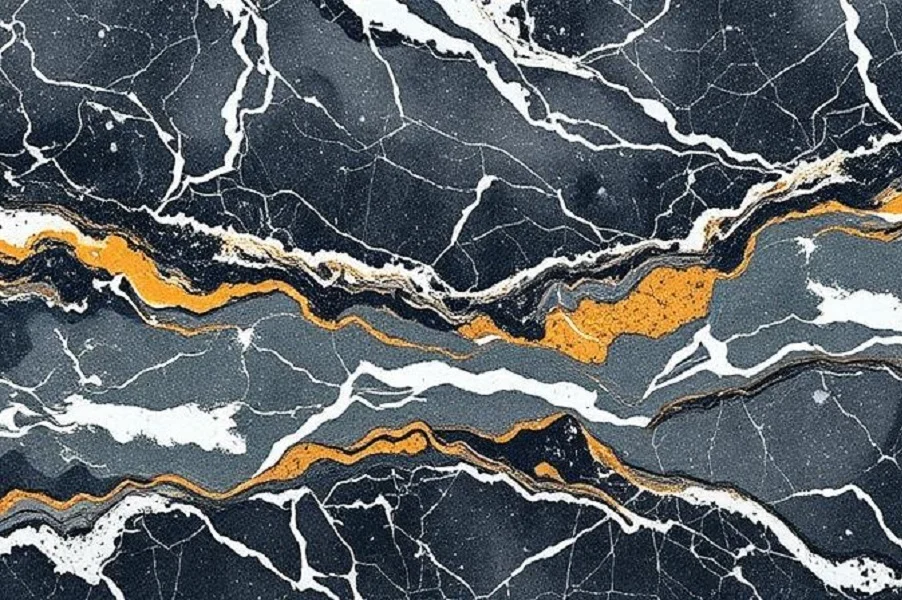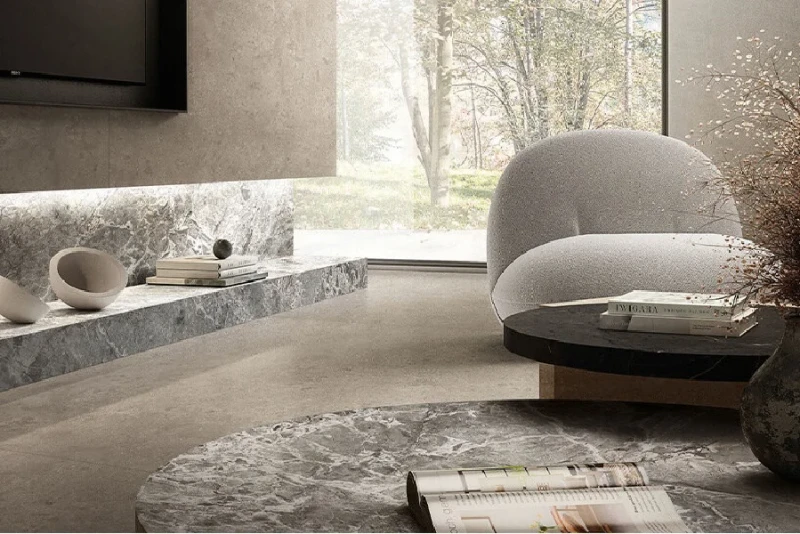
High Quality Marble
For centuries, natural stone has been the silent narrator of history, luxury, and architectural ambition. Among these materials, marble holds a place of reverence, synonymous with palaces, sculptures, and refined taste. However, the term "marble" encompasses a vast spectrum of quality. True luxury lies not just in choosing marble, but in selecting High quality marble. This is a material that offers more than a beautiful surface; it provides a legacy of durability and timeless style. Understanding its defining characteristics is the key to making an investment that will reward you for decades.
This article delves into the essential attributes that separate ordinary stone from exceptional High quality marble. We will explore the visual cues, the physical properties, and the long-term value that define this remarkable material, guiding you to make a choice that is both beautiful and wise.
The Visual Hallmarks of High Quality Marble

The first interaction with marble is always visual. Its beauty can be captivating, but for the discerning eye, specific aesthetic cues signal superior quality. These are not merely subjective points of beauty but are directly linked to the geological purity and formation of the stone. True quality is written on the very face of the marble, visible in its veins and its vibrant, consistent coloration.
The Art of Veining: From Subtle Whispers to Bold Statements
Veining is the marble's fingerprint, created by mineral impurities that were present as the limestone recrystallized under pressure. In high-grade marble, these veins form elegant, flowing patterns. They can be subtle, linear whispers, like those in Carrara marble, or bold, dramatic statements, like the thick, dark veins of Calacatta. The key is clarity and definition. Lesser quality stone often features cloudy, indistinct, or fractured veining, which can make the surface appear chaotic rather than artistic.
Color Consistency and Depth as a Sign of Purity
Beyond the veining, the background color of the marble is a critical indicator of its quality. For white marbles, a luminous, clean white background is highly prized as it signifies a lack of mineral deposits that can "muddy" the stone's appearance. Similarly, for colored or black marbles like Nero Marquina, a deep, uniform, and rich color is the goal. Inconsistent patches or a faded look often point to a lower-grade stone with a less desirable mineral composition.
Key Physical Characteristics to Look For High Quality Marble

While appearance is what draws us in, the physical integrity of marble is what ensures it endures. The strength and resilience of the stone are determined by its geological makeup. A denser, less porous stone will not only last longer but will also perform better in demanding environments like kitchens and high-traffic hallways. These are the unseen qualities that underpin the practical value of your investment.
Understanding Hardness and Density for Lasting Durability
While marble is softer than granite, High quality marble possesses a notable density that makes it surprisingly resilient. This density translates to better resistance against daily wear and tear. A denser slab is less likely to chip or suffer structural damage from impacts. When selecting marble, a heavier, more solid-feeling piece often indicates greater density. This inherent strength is crucial for ensuring the stone's longevity in any application.
· Greater resistance to scratching from everyday objects.
· Less susceptibility to chipping on edges and corners.
· A solid foundation that supports its own weight over large spans, like countertops.
Low Porosity: The Secret to Stain Resistance in High Quality Marble
Porosity refers to the presence of tiny pores within the stone. All-natural stone has some level of porosity, but higher-quality marbles have a much denser structure with fewer and smaller pores. This is incredibly important for performance, as lower porosity means the stone is less likely to absorb liquids. A less absorbent surface is more resistant to staining from common household spills like coffee, red wine, or oil, making it far easier to maintain its pristine appearance over time, especially when properly sealed.
How to Differentiate Genuine High Quality Marble from Imitations

In a market with sophisticated replicas and varying grades of natural stone, being able to identify genuine quality is an invaluable skill. While imitations made of porcelain or resin can mimic the look of marble, they lack its essential character and feel. Simple, tactile tests and a close inspection of the craftsmanship can quickly reveal the difference between an authentic, premium stone and a lesser alternative. The focus should be on authenticity and the fine details of its finishing.
The Feel and Temperature Test
One of the most reliable methods to identify real marble is by touch. Authentic marble is an excellent thermal conductor, meaning it draws heat away from your hand and feels consistently cool, even in a warm room. Engineered stone or ceramic fakes will often feel closer to room temperature. Furthermore, the surface of polished natural marble has a uniquely smooth and almost soft texture that is difficult for synthetic materials to replicate perfectly.
Inspecting the Finish and Edges for Craftsmanship
The way a slab is cut and finished speaks volumes about its quality. A premium piece of High quality marble will feature a deep, reflective polish that has a sense of depth, not just a superficial shine. Run your hand over the surface; it should be perfectly smooth. Additionally, inspect the edges.
Choose FMA Marble for Your High Quality Marble Project
Ultimately, the defining characteristics of High quality marble are its unmistakable beauty, its inherent strength, and its enduring value. It is a material that transforms a space from ordinary to extraordinary. Recognizing the signs of superior veining, color purity, and physical density ensures that you are not just buying a stone, but investing in a piece of natural art that will perform beautifully for a lifetime.
At FMA Marble, we have built our reputation on sourcing and supplying only the finest natural stone. Our collection is a testament to what High quality marble should be. We invite you to explore our curated selection online or contact our team of stone experts. Let us help you find the perfect marble to bring your vision to life with timeless elegance and unparalleled quality. Begin your journey with FMA Marble today.
Frequently Asked Questions (FAQ)
How do I best clean my marble surfaces?
Use a pH-neutral cleaner or mild soapy water with a soft cloth. Avoid acidic or abrasive cleaners like vinegar or harsh scrubbing powders, as they can damage the surface.
Does high quality marble scratch easily?
While softer than granite, dense, high quality marble is resistant to minor scratches from daily use. Using cutting boards and being mindful of dragging heavy, sharp objects will keep it pristine.
Is all white marble the same quality?
No. Origin is key. Italian marbles like Calacatta and Statuario are famed for their pure white backgrounds and distinct veining, often commanding a higher value than other, more common white marbles.



comments
No Comment YetLeave a Comment